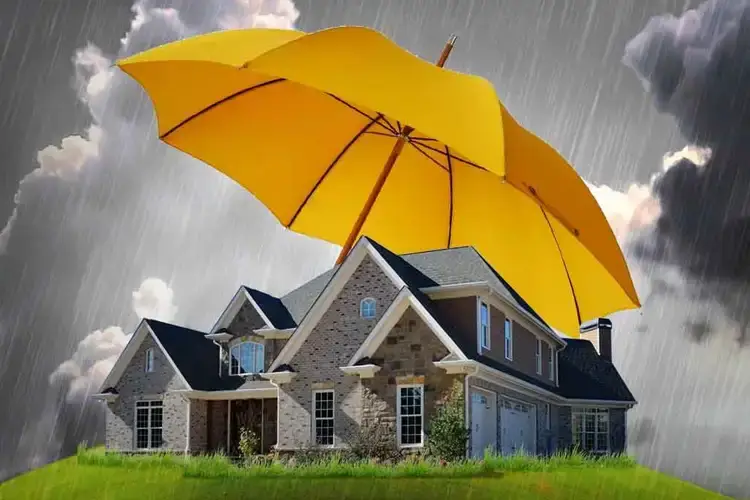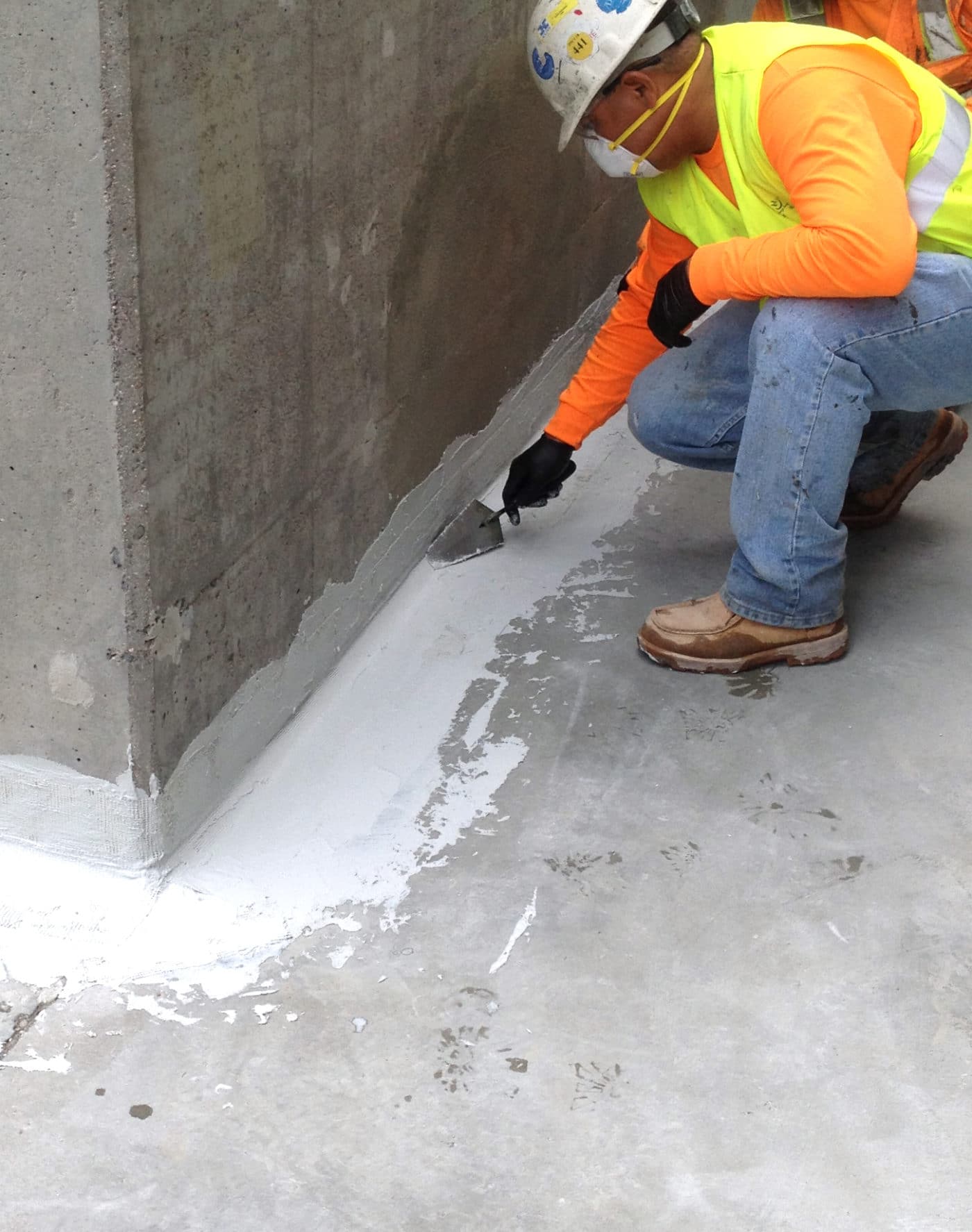How Waterproofing Functions: A Detailed Consider Methods and Technologies
Waterproofing is crucial for securing structures from moisture-related damages. It includes various strategies and modern technologies that create obstacles against water breach. Traditional approaches, such as compacted clay, exist together with modern developments like liquid-applied membranes. Comprehending the nuances of these techniques is crucial for efficient application. Nonetheless, the performance of any kind of waterproofing service hinges not just on the methods used but additionally on continuous maintenance and assessment. What are the essential variables that influence lasting performance?
Recognizing the Fundamentals of Waterproofing
Waterproofing is an important process that shields frameworks from water intrusion, which can lead to substantial damage gradually. This technique includes the application of different materials and strategies developed to produce a barrier against moisture. The main goal is to protect against water from penetrating surface areas, which can trigger damage, mold development, and structural instability.Various elements influence the option of waterproofing method, consisting of the kind of framework, its location, and ecological problems. Recognizing the physics of water activity and the buildings of different products is vital in selecting a reliable waterproofing solution.Effective waterproofing not only safeguards structures yet also boosts their longevity and stability. Typically, it is incorporated into the layout stage of building and construction to ensure complete protection. As recognition of water-related concerns expands, the importance of comprehending waterproofing fundamentals becomes significantly clear to engineers, building contractors, and homeowner alike.
Typical Waterproofing Methods
Traditional waterproofing techniques have been utilized for centuries, relying on reliable methods and materials to secure structures from water damages. Among the earliest methods entails using clay, which, when compacted, produces an all-natural obstacle against moisture. In addition, bitumen, a sticky, black product obtained from petroleum, has been employed for its water-resistant residential or commercial properties, often applied to roofing systems and foundations.Another technique entails the application of lime-based plasters, which provide a breathable layer that allows moisture to run away while protecting against water access. Thatch roof covering, a conventional method still seen in some cultures, provides exceptional waterproofing as a result of its tightly packed straw layers.Moreover, the usage of stone and brick has actually projected, as these products are naturally resistant to water when correctly installed. On the whole, conventional waterproofing approaches highlight the significance of picking proper materials and building techniques to improve durability versus water breach.
Modern Waterproofing Technologies
Advancements in modern-day waterproofing technologies have revolutionized the means frameworks are safeguarded from water damages. Innovative strategies such as liquid-applied membranes and advanced sealers have improved the effectiveness and flexibility of waterproofing services. These innovations enable smooth application, lowering the risk of leaks and guaranteeing thorough protection over complicated surfaces.Moreover, the integration of clever modern technologies, such as wetness sensors and automated surveillance systems, enables real-time evaluation of waterproofing performance. This aggressive technique promotes prompt maintenance and reduces long-lasting repair costs.Additionally, improvements in spray-applied layers offer quick application and outstanding bond, adapting to various substrates while offering durable security. Strategies like polymer-modified systems further enhance flexibility and durability, making them suitable for diverse settings. In general, modern-day waterproofing modern technologies not just minimize water breach yet likewise contribute to the long life and sustainability of structures, marking a significant change in the market.
Materials Made Use Of in Waterproofing
The performance of waterproofing remedies greatly depends on the products utilized in their application. Different products are used to develop obstacles against water access, each with distinct residential or commercial properties fit for different settings. Commonly made use of products consist of membranes, layers, and sealants.Liquid-applied membranes, commonly made from polyurethane or acrylic, develop a smooth obstacle that adjusts to intricate surfaces. Sheet membranes, generally constructed from rubber or thermoplastic, deal durability and are perfect for bigger areas. Additionally, cementitious waterproofing materials, made up of cementitious compounds, offer outstanding adhesion and flexibility.Sealants made from silicone or polyurethane are necessary for joints and seams, guaranteeing thorough security. Additionally, advanced products, such as geo-composite membranes, incorporate multiple functions, improving performance. In general, the choice of waterproofing products is vital in accomplishing lasting and reliable water resistance, customized to details task demands and environmental problems.
Usual Applications of Waterproofing
Waterproofing plays a necessary duty in numerous markets, making certain the durability and stability of structures. Usual applications consist of household solutions that safeguard homes, business facilities that safeguards companies, and commercial settings that need durable security against wetness. Understanding these applications highlights the value of waterproofing in keeping both safety and security and functionality across various environments.
Residential Waterproofing Solutions
Lots of home owners encounter difficulties with moisture breach, making efficient residential waterproofing options important. Different methods exist to address this problem, consisting of interior and exterior waterproofing systems. Inside services commonly include the application of sealers and coatings to basement wall surfaces, which help stop water seepage. Exterior methods normally include the installation of drain systems and waterproof membranes that draw away water far from the foundation.Additionally, house owners may consider sump pumps to eliminate water buildup and dehumidifiers to regulate moisture levels. Correct grading and using gutters also play an essential role in handling water circulation around the home. By applying these techniques, home owners can greatly decrease the threat of water damages and mold development, ensuring a completely dry and secure living setting.

Business Infrastructure Defense
Efficient waterproofing read this options play a crucial duty in the protection of business framework. Basement waterproofing Omaha. These strategies are vital for protecting buildings, auto parking frameworks, and bridges from water damages, which can compromise architectural honesty and cause expensive fixings. Typical applications consist of the setup of membrane layers, finishes, and sealers that develop obstacles versus wetness seepage. Areas such as cellars, roof coverings, and exterior wall surfaces are commonly prioritized to ensure long life and toughness. Furthermore, waterproofing systems can boost energy efficiency by protecting against water-related issues that may result in mold growth and degeneration. By executing durable waterproofing steps, residential property owners can secure their investments and keep operational effectiveness, inevitably adding to the general sustainability of commercial centers
Industrial Applications Overview
While different sectors encounter special difficulties, the requirement for trustworthy waterproofing remedies remains a consistent in industrial applications. Industries such as production, building and construction, and energy commonly run into environments where moisture exposure can jeopardize structural honesty and functional effectiveness. In producing centers, waterproofing is crucial for securing equipment and materials from water damage. In construction, it safeguards foundations and basements against groundwater seepage. The energy field depends on waterproofing for the defense of tools in hydroelectric plants and offshore frameworks. In addition, food handling markets utilize waterproofing to assure hygiene and compliance with safety criteria. On the whole, efficient waterproofing remedies are crucial for enhancing resilience, safety, and efficiency across various industrial setups.
Maintenance and Longevity of Waterproofing Solutions
Waterproofing options are created to offer lasting security versus moisture invasion, routine upkeep is vital to guarantee their effectiveness and longevity. Regular assessments play a substantial function in identifying prospective problems such as cracks, peeling off, or indicators of water damage. Attending to these issues promptly can protect against more deterioration and expensive repairs.Additionally, cleaning the surface of waterproof locations aids get rid of dirt and particles that might compromise the integrity of the waterproofing barrier. It's also suggested to reapply protective finishes or sealants as recommended by manufacturers to maintain excellent efficiency. Environmental aspects, image source such as UV direct exposure and extreme weather, can influence the life-span of waterproofing materials, making routine analysis crucial
Often Asked Inquiries
Can Waterproofing Be Applied in Winter?
The inquiry of using waterproofing in winter raises issues about attachment and treating. Lots of items might not execute at their ideal in low temperature levels, requiring careful selection and factor to consider of particular guidelines for effective application.
For How Long Does Waterproofing Usually Last?
The duration of waterproofing effectiveness varies based on products and ecological aspects. Typically, it can last from 5 to 10 years, but normal maintenance and examinations are necessary to guarantee peak efficiency and longevity.
Is DIY Waterproofing Effective and Safe?
The performance and safety and security of DIY waterproofing depend upon different factors, including worldly high quality and application strategy. While some individuals attain satisfying outcomes, others might run into concerns that compromise long-lasting protection and architectural integrity.
What Are the Indicators of Failing Waterproofing?
Indications of stopping working waterproofing consist of noticeable water spots, peeling paint, mold development, stuffy smells, and moisture in wall surfaces or ceilings - Yard drainage Omaha. These indications suggest endangered obstacles, requiring punctual evaluation and potential remediation to avoid additional damage
Exactly how Do I Choose the Right Waterproofing Service Provider?
